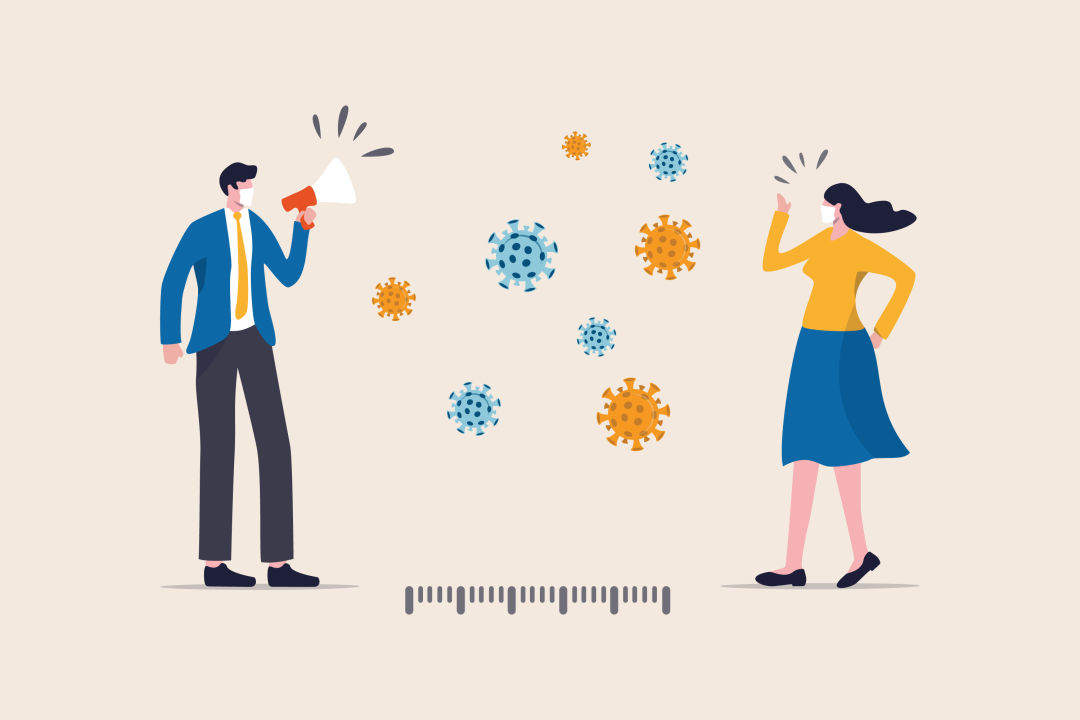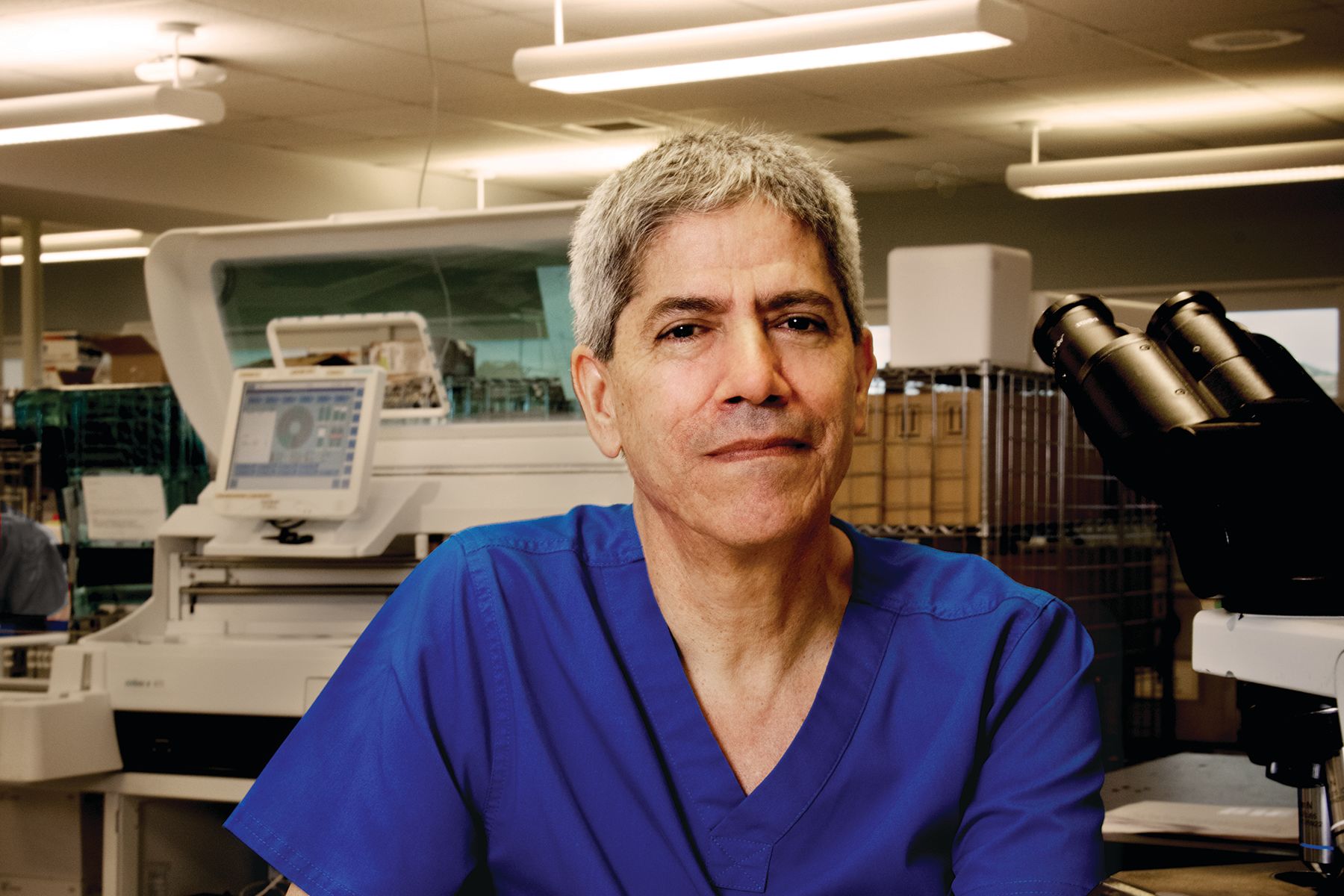Does DeSantis's Safer-At-Home Order Really Change Anything?

Image: Shutterstock
After weeks of allowing Floridians to determine for themselves how much social distancing they should be doing, Gov. Ron DeSantis announced a statewide "safer-at-home" order Wednesday afternoon to help control the spread of the coronavirus. The order, which goes into effect at midnight on April 3 and expires April 30, directs Floridians to stay at home unless they must go out for “essential services or activities.” It immediately received national news coverage, since DeSantis had been widely criticized for balking at issuing statewide restrictions.
But what does DeSantis's order really mean? Does it change anything? If you’ve been working from home and only going out to the grocery store or pharmacy, and taking a run in your neighborhood that keeps you away from others, you’re already complying with the new safer-at-home order. It's not forcing people to stay at home, and it's not technically an order at all—at least not according to Sarasota County Sheriff Tom Knight. He's telling his deputies to "keep doing what they were doing."
The order is 34 pages "loaded with exceptions that make it hard for deputies to interpret," and it's not any different from the recommendations to stay safe two days ago, Knight says. "We are not going to use law enforcement to solve [the pandemic] and we are not going to able to arrest our way out of a virus," he says. Floridians still have plenty of options to escape from the home. We can still get takeout from restaurants, hike, boat and even go to church.
Here’s more detail about the order.
Safer At Home
This term varies from state to state, but Gov. DeSantis’s stay-at-home order this week means that all people in Florida should limit movements and personal interactions outside of the home with the exception of essential services, as defined by the U.S. Department of Homeland Security, such as buying food, going to the doctor and taking care of the health and safety of members of their household, including pets. People who provide essential services, such as healthcare workers, garbage collectors and electrical system maintenance workers are able to continue to work. Businesses and organizations may provide delivery, carry-out or curbside service outside of the business with orders placed online or by telephone. While gatherings of more than 10 people are discouraged, DeSantis's order allows people to go out for recreation and attend religious services at churches, synagogues and other houses of worship.
More Terms to Know
Quarantine
This applies to someone who is well, but who has been in contact with someone with the disease. Stay way from other people for 14 days after that contact. The incubation period for COVID-19 is between two and 14 days. That’s the time it takes from when you encounter the virus to the time you become ill. (Source: Charles Henry, the Florida Department of Health Sarasota Officer)
Isolation
This applies to someone who has COVID-19 or who has all the symptoms. They are told to isolate from others so they don’t spread the virus. Ideally, someone in isolation should not be leaving the home or letting visitors into the home. The CDC says isolation ends when a person with the virus fits three criteria in two scenarios: With no test, there needs to be no fever for at least 72 hours (three days) with no medicine to reduce fevers; your symptoms have improved; and at least seven days have passed since your symptoms first appeared. If you are able to get a test, the CDC says you can end your isolation if you have received two negative tests in a row, 24 hours apart; no longer have a fever with no use of medicine to reduce the fever; and other symptoms have improved.
Coronavirus
There are multiple coronaviruses. This is a novel (new) coronavirus, SARS-CoV-2, that joins “a large family of viruses that are common in people and many different species of animals,” according to the CDC.
COVID-19
This is not the name of the virus. This is an abbreviation for “coronavirus disease 2019” and refers to the respiratory illness the virus causes. Think AIDS versus HIV.



